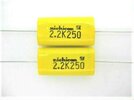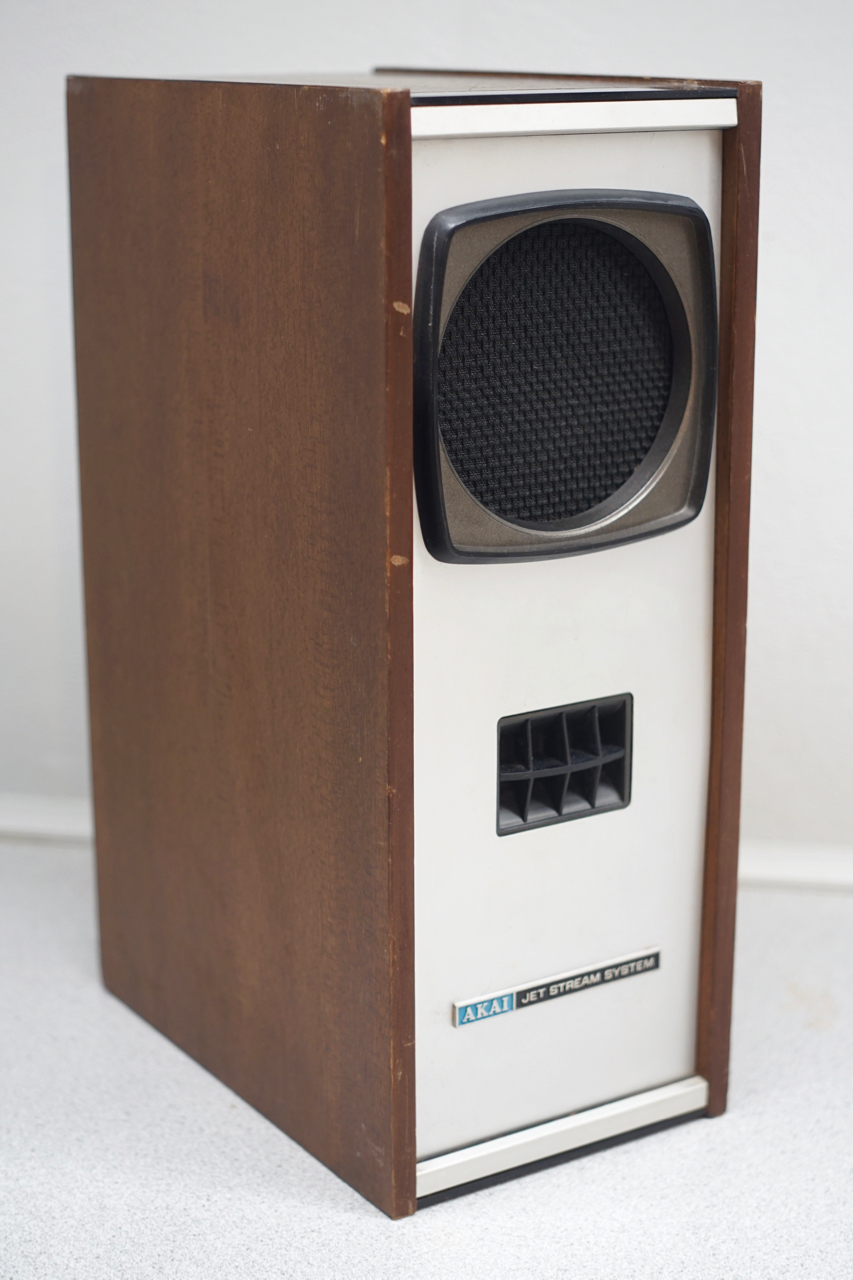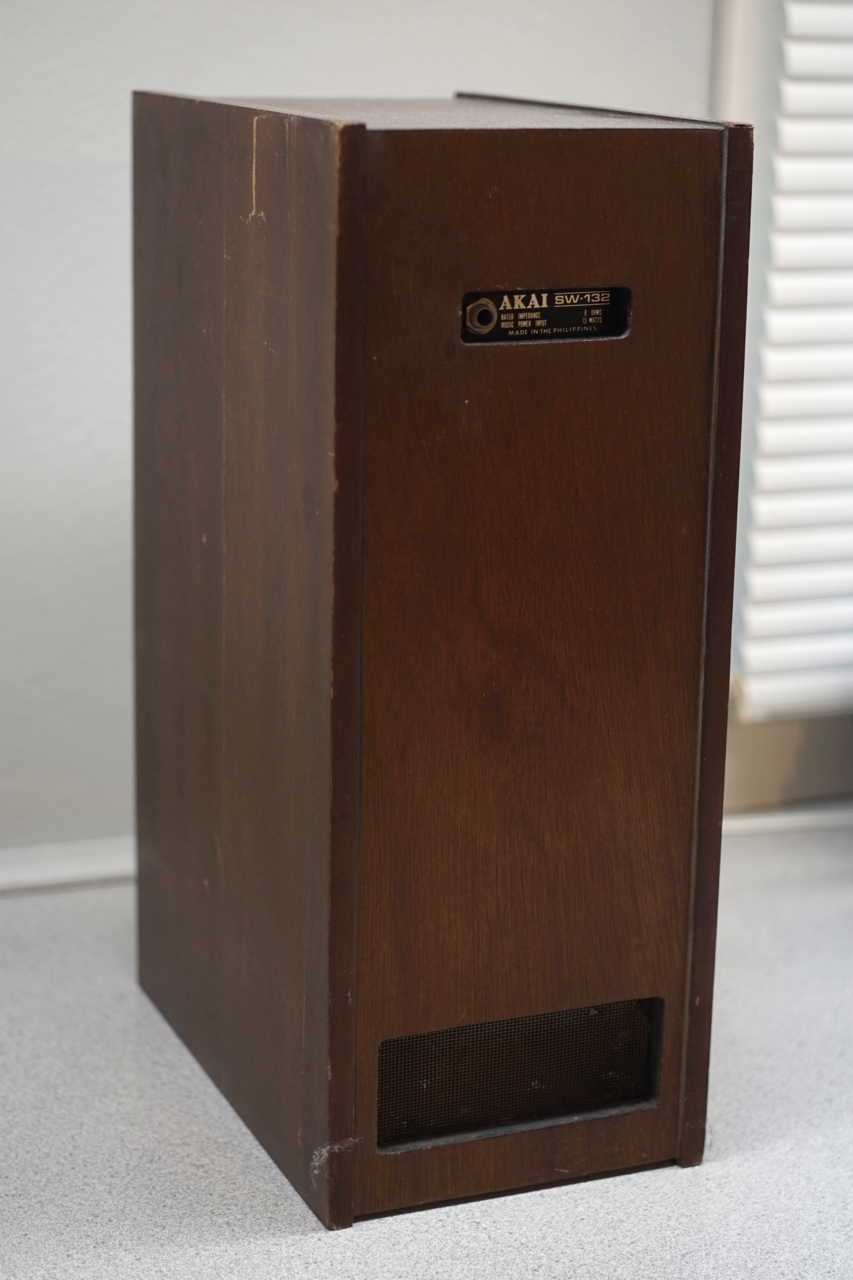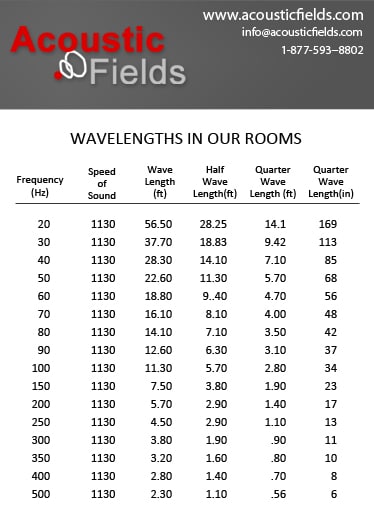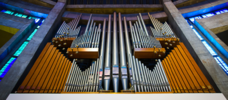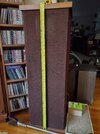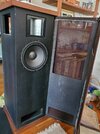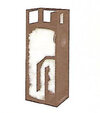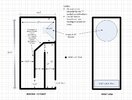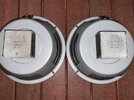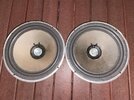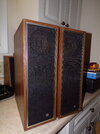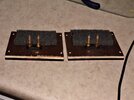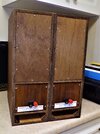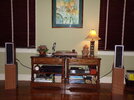Steven Z recently set me a set of old transmission line speakers from the sixties made by Admiral (TV's, stereos, etc.) They needed some freshening up. The cabinets were in remarkable shape given their age. I added binding posts and changed out the 2.2uf (9000 Hz) crossover cap to Nichicon poly-metal ones. They use the famous Foster (Fostex) AlNiCo F-103 with a helper cone tweeter. The sound isn't bad, more boxy and not as open as I am used to. The mid-band gets congested easily with bass heavy music.
But given their age, they are pretty dang good. I have enclosed some pics for you folks to peruse.

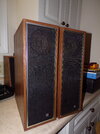
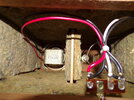
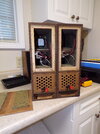
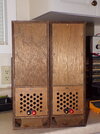
But given their age, they are pretty dang good. I have enclosed some pics for you folks to peruse.





Attachments
Last edited:

